The F3F was the last biplane delivered for service to the U.S. Navy. It entered service in 1936 as a replacement for the F2F. It was replaced with the Brewster Buffalo in 1941 before the outbreak of the war. She's a little touchy on take-off, use rudder sparingly and drop the flaps all the way down. Need a little trim once airborne, but overall she flies well and looks good doing it. At least, as good as a barrel can. Also armed with two mg's; 1-.30 cal and 1-.50cal in the nose cowling. Let me know if you have any suggestions for improvement, or if you have another inter-war fighter you'd like to see rendered. Thanks for stopping by to look, and enjoy your flight!!
Specifications
Spotlights
- TheAceOwl 7.7 years ago
- ChiChiWerx 7.7 years ago
General Characteristics
- Successors 1 airplane(s) +84 bonus
- Created On Windows
- Wingspan 31.6ft (9.6m)
- Length 23.4ft (7.1m)
- Height 11.5ft (3.5m)
- Empty Weight 6,319lbs (2,866kg)
- Loaded Weight 8,424lbs (3,821kg)
Performance
- Horse Power/Weight Ratio 0.267
- Wing Loading 28.9lbs/ft2 (140.9kg/m2)
- Wing Area 292.0ft2 (27.1m2)
- Drag Points 8247
Parts
- Number of Parts 173
- Control Surfaces 9
- Performance Cost 723

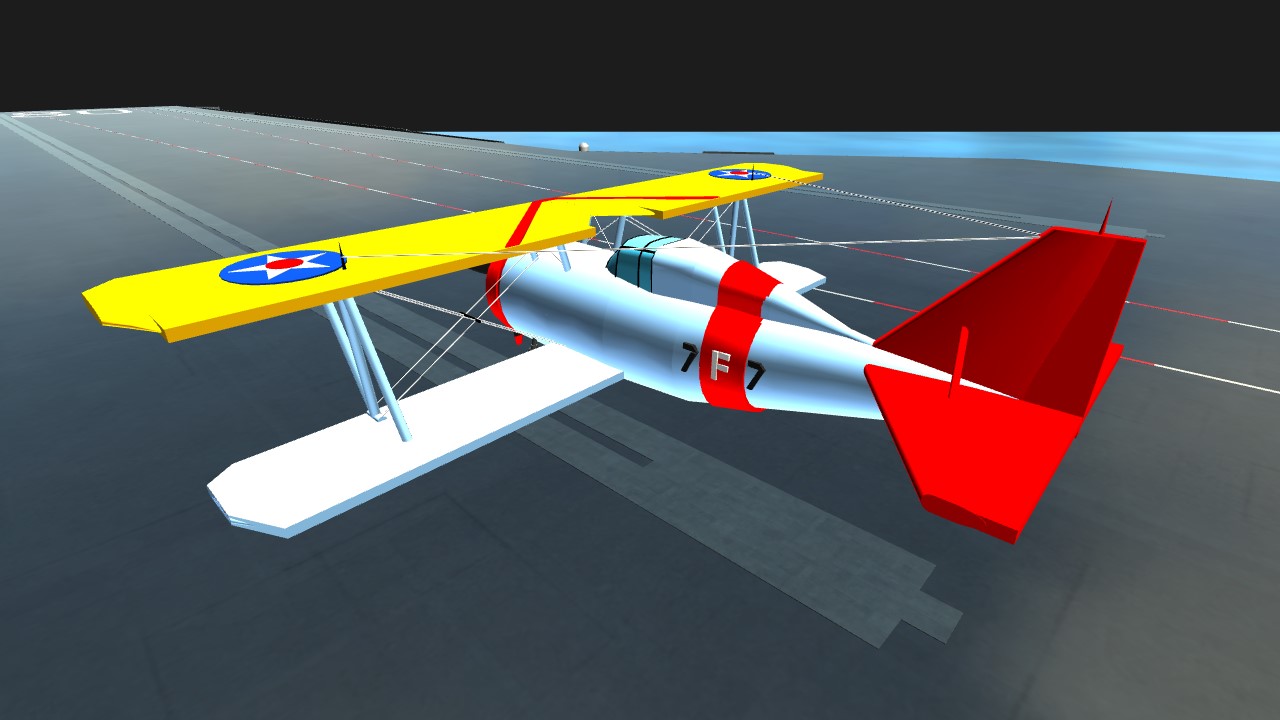
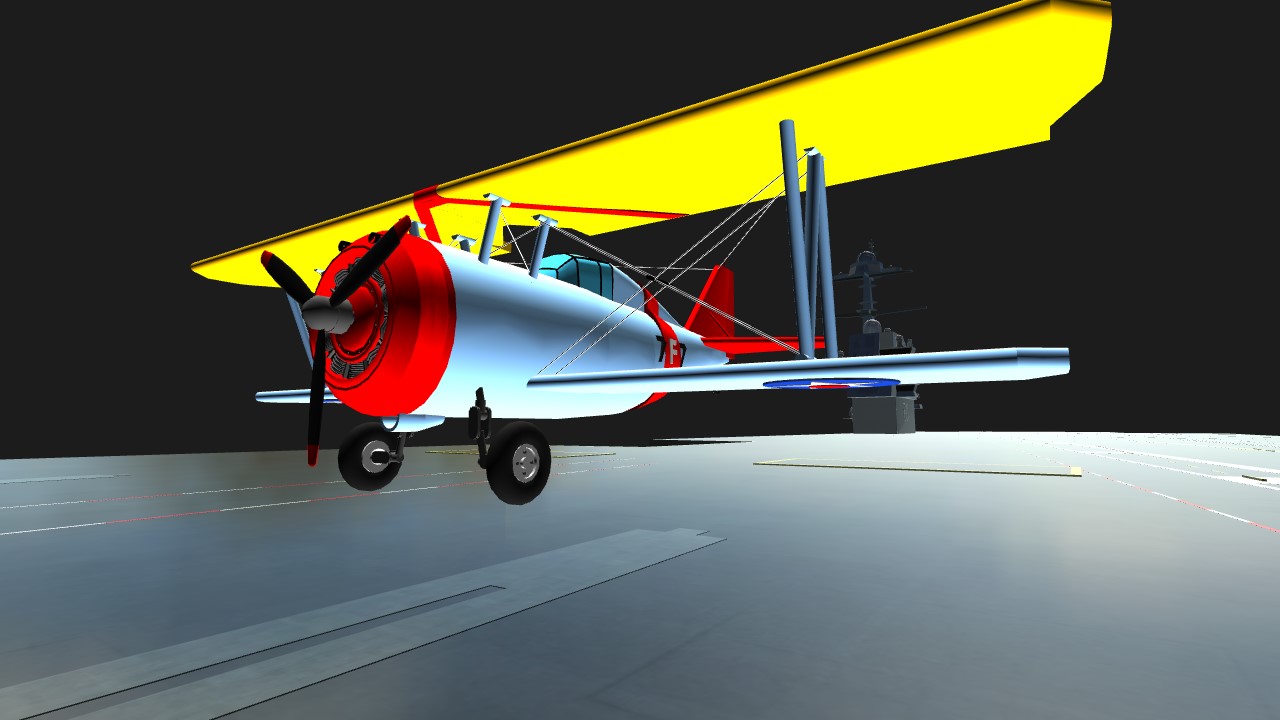
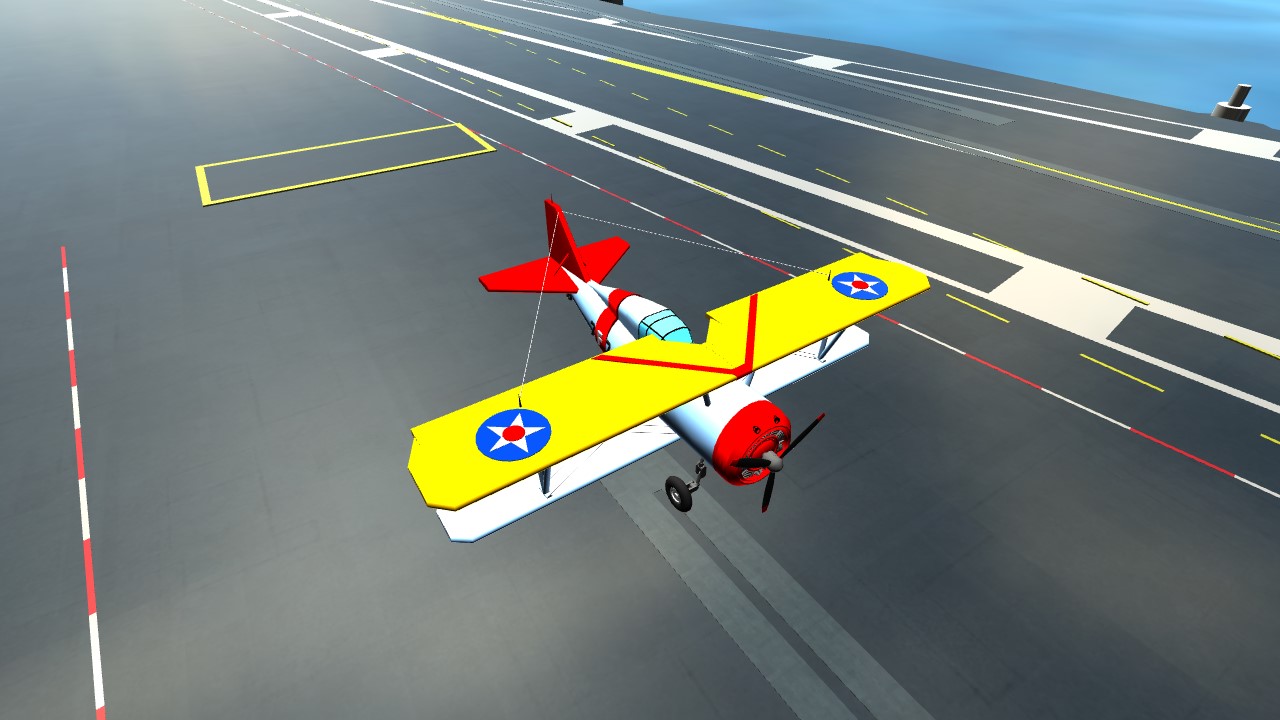

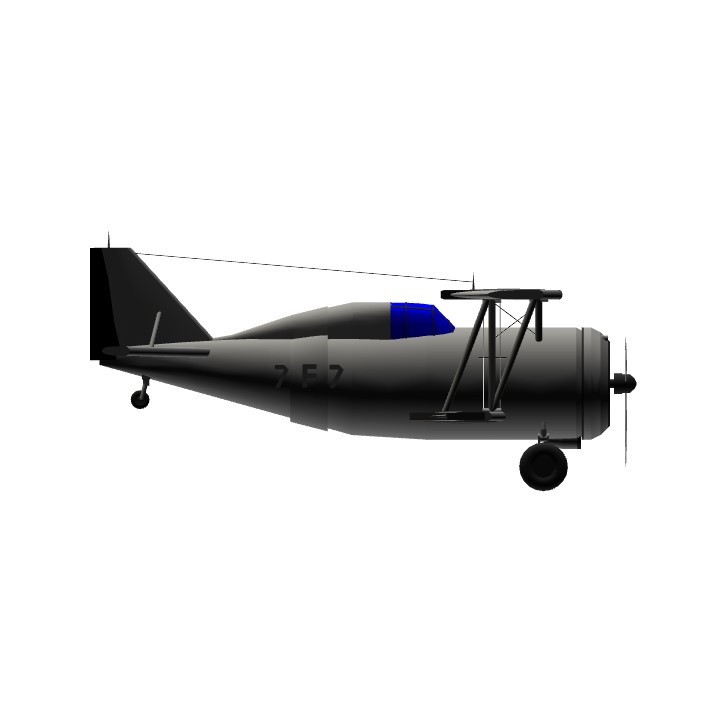
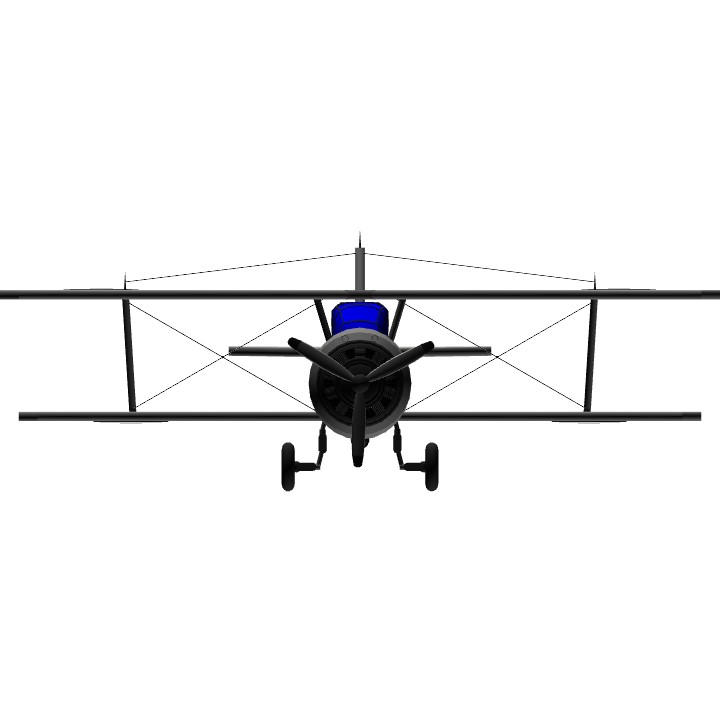
@BogdanX I have an idea, just not necisarily the idea on how to sort it in practice. Thank you for the tips. I will put them to good use.
@RCBOSS
@Irmantas69
@Mumpsy Thank you!!
@BogdanX The flat bottom worked as well. Did you have to add more power to the engine with the added weight?
@BogdanX I was originally having issues with it going the other way and found they were resolved after i added the tail covers, which then made it start nose down... I will try the flat instead. Thank you!!
@Sgtk no problemo 😀
Thank you
@BogdanX
@grizzlitn
@Skyfalcon
@Feanor
Thank you!!
@cobalT
@QingyuZhou
@TheOwlAce
Thank you for the upvotes!!
@ReischetzFokke
@EternalDarkness
@ChiChiWerx
Thank you all!!